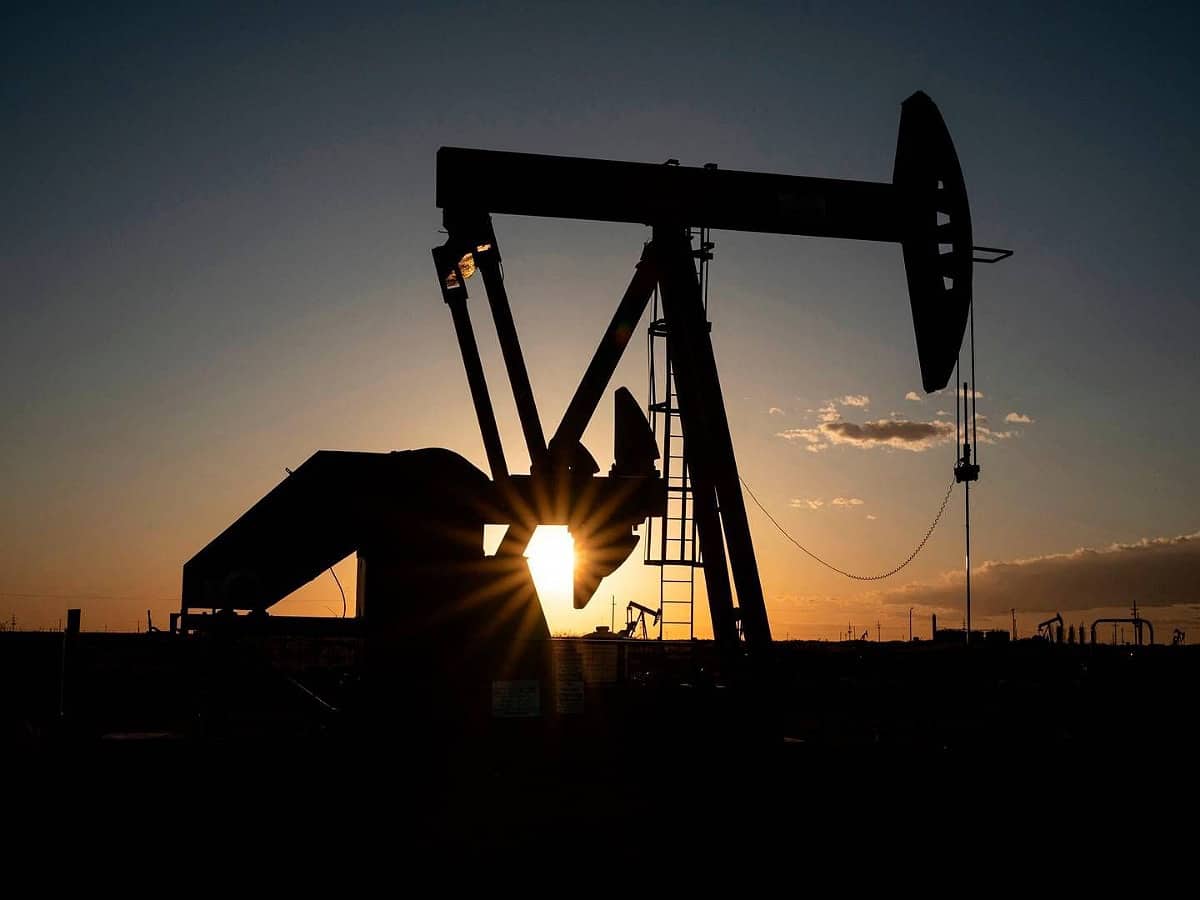
New York: When Russia invaded Ukraine in 2022, the price of oil jumped to over $100 a barrel. But despite the threat of an escalation of tensions in the Middle East and attacks on Red Sea shipping, oil markets have yet to see such moves this time around, media reported.
Oil prices spiked last month following US-led strikes on Houthi targets in Yemen in response to repeated attacks on commercial ships in the Red Sea. Crude prices have been volatile as Wall Street assesses the path for interest rates, the US dollar and geopolitical strife, CNN reported.
Still, they remain well off their 2022 highs. West Texas Intermediate crude futures, the US benchmark for oil, settled at $77.59 a barrel on Thursday, while international benchmark Brent crude futures settled at $82.86 a barrel.
One factor that could be keeping the cap on oil prices is waning demand. A new monthly report from the International Energy Agency released on Thursday forecasts that growth in global demand will slow to 1.2 million barrels per day in 2024 from 2.3 million bpd in 2023. That comes after demand growth fell to 1.8 million bpd during the fourth quarter of 2023 from 2.8 millions bpd the prior quarter, CNN reported.
“Global oil demand growth is losing momentum,” said the agency in its February report. “The expansive post-pandemic growth phase in global oil demand has largely run its course”, CNN reported.
For some economies, however, that period of growth was lackluster. China’s economy was supposed to have a blockbuster recovery in 2023 after shuttering during the Covid pandemic. Instead, a property crisis, weak spending and high youth unemployment have caused it to stall out, and some economists believe the country could face decades of stagnation.
